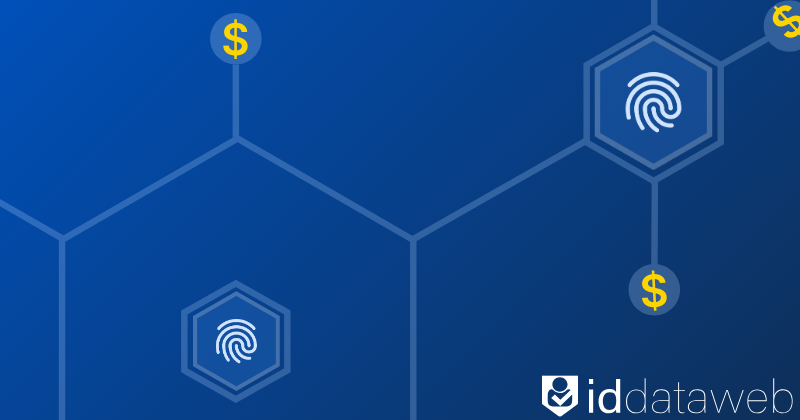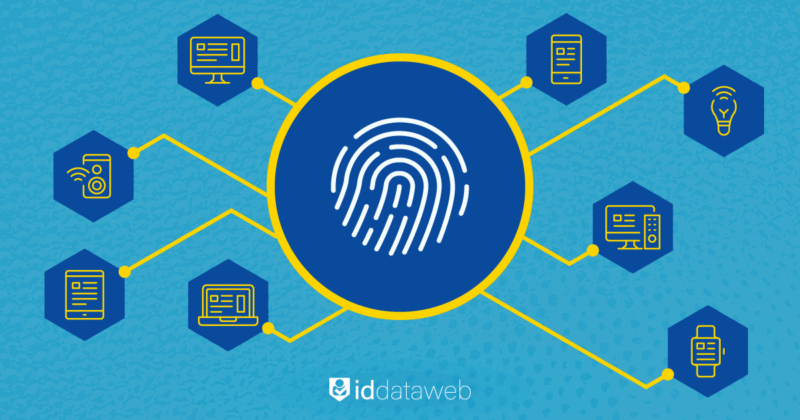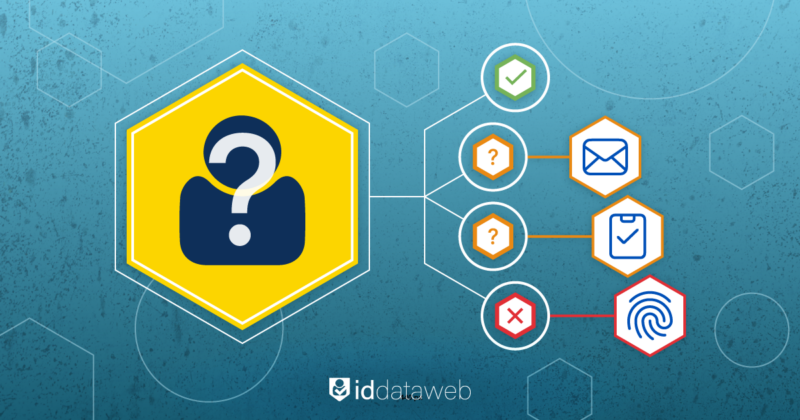In 2024, global payment fraud losses surged to over $16.6 billion, marking a 33% increase from the prior year (Reuters). As cybercriminals refine their tactics, financial institutions and businesses alike must aggressively evolve their security strategies. Protecting payment systems now demands a layered, client-centered, and analytics-driven approach. Here are the top five ways to dramatically improve your payment security:
1. Understand and Monitor Client Behavior
Behavioral analysis is one of the most powerful tools in fighting fraud. Traditional fraud detection often focuses solely on static data points, but modern threats require dynamic analysis. AI and machine learning models, increasingly used by banks, credit unions and fintechs, can monitor behavioral biometrics, transaction patterns, and device fingerprints to establish a baseline for each client.
When activity deviates—such as a sudden large wire transfer from an unusual device or location—systems can trigger alerts or block the transaction pending review. In fact, organizations that invested in real-time AI-based fraud detection in 2024 reported a 20-30% reduction in fraudulent transactions (RapidCents).
2. Implement Smart, Adaptive Authentication
Authentication is no longer “one size fits all.” Instead, it must adapt based on risk signals. Step-up authentication, where additional identity verification is triggered during higher-risk transactions, has become a critical defense mechanism.
Today, 62% of businesses have upgraded their payment platforms to prioritize multi-factor authentication (MFA) and tokenization (Global Payments). Smart authentication can include biometric checks (like facial recognition or fingerprint scanning), links to trusted/known devices, or one-time passcodes (OTP).
Critically, the experience must balance security with user convenience: friction should be proportional to risk, ensuring that legitimate users are not burdened unnecessarily while bad actors are stopped in their tracks.
3. Educate Clients on Security Practices
Technology alone is insufficient. Human error remains the number one vulnerability exploited by fraudsters. According to the 2024 AFP Payments Fraud Survey, 63% of organizations experienced third-party impersonation scams, typically exploiting gaps in client awareness (AFP).
Use every client touchpoint as an opportunity to reinforce best practices:
- What types of communications the FI will and won’t initiate.
- How to recognize phishing attempts or social engineering attacks.
- The importance of never sharing passwords or sensitive information outside secure channels.
Ongoing education builds a partnership with clients, turning them into active participants in their own protection.
4. Conduct Regular, Comprehensive Fraud Risk Assessments
Financial institutions must adopt a post-mortem mindset when it comes to fraud events. Rather than simply patching immediate issues, organizations should review:
- Where the breach occurred.
- What internal vulnerabilities were exploited.
- How quickly and effectively the client and institution responded.
The 2024 AFP survey found that 80% of companies faced attempted or successful fraud in 2023, yet only a minority performed thorough follow-up analyses (AFP). These evaluations often reveal recurring weak points, such as gaps in employee training, weaknesses in authentication protocols, or insufficient client communication strategies.
Proactively applying these learnings to improve processes can sharply reduce future incidents.
5. Layer Your Security Protections
No single solution can protect against every type of fraud. The most secure organizations in 2024 employed multi-layered defenses, combining:
- Real-time behavioral analytics
- Device and network intelligence
- Step up authentication when needed
- Transaction risk scoring
- Manual intervention capabilities for high-risk cases
By building a multi-tiered security stack, institutions can detect and neutralize attacks at different stages—whether it’s during login, at payment initiation, or post-transaction reconciliation.
AI and machine learning advances have made it possible to orchestrate these layers in real-time, ensuring a seamless user experience while maintaining heightened vigilance.
Conclusion
The payment fraud landscape continues to evolve rapidly. Organizations that monitor client behavior, deploy smart authentication, educate clients, rigorously analyze past incidents, and layer their defenses are significantly better positioned to prevent losses and build lasting trust with their clients.
As payment methods diversify and cyber threats grow in sophistication, payment security is no longer optional—it’s existential.












